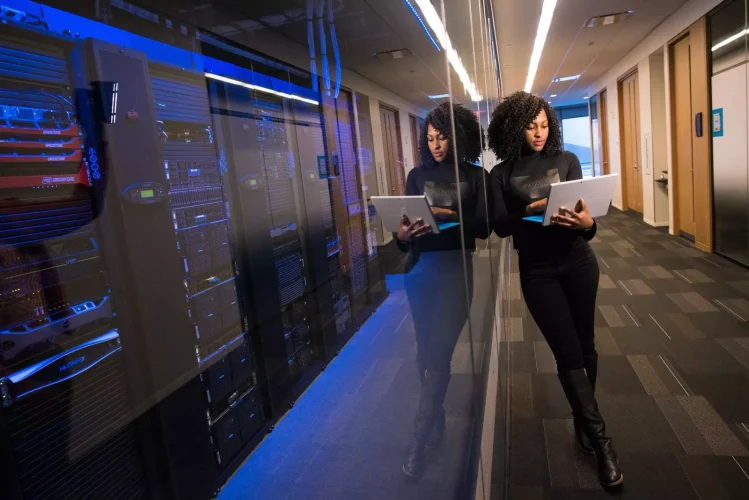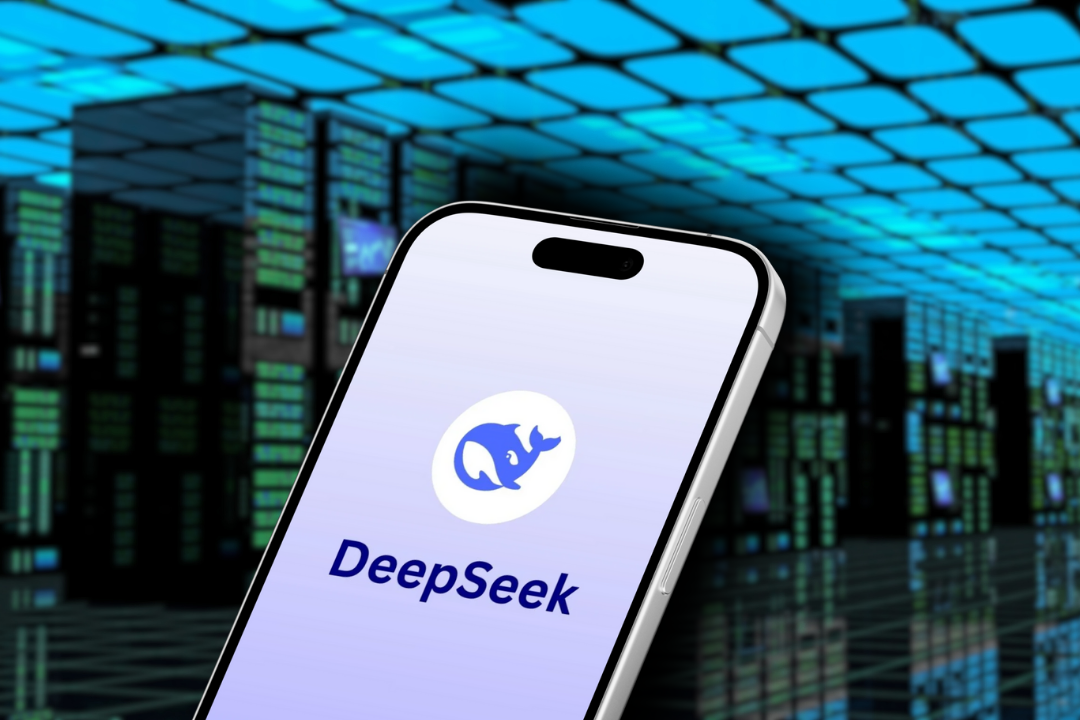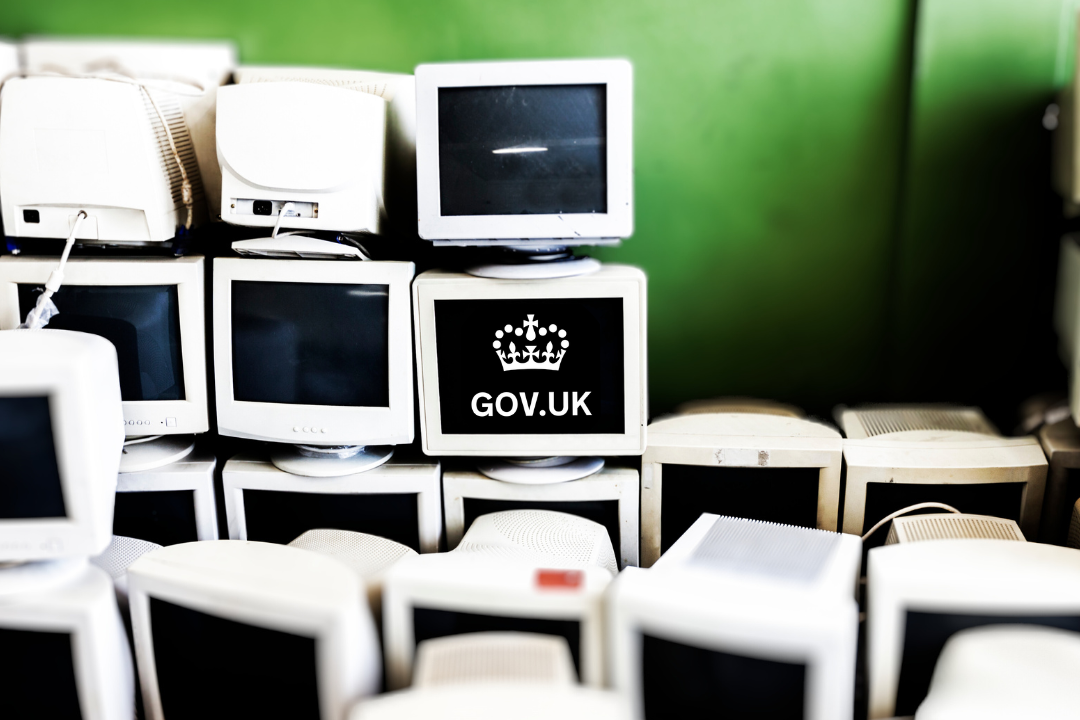There’s no getting away from it, cyber security is a male-dominated industry. Despite progress in recent years, women only held 25% of cyber security jobs globally in 2022 according to Cybersecurity Ventures, up from just 10% in 2013. They also predict that number will rise to around 35% by 2031. It’s an improvement, but there’s still a lot of work to be done to achieve gender parity in the industry. How can we make the industry more attractive, and get more women in cyber?
Women bring unique perspectives, skills, and talents to the field of cyber security. Adding more diverse backgrounds and experiences to teams enhances problem-solving, creativity, and innovation, making them invaluable assets in the fight against cyber threats. As cyber security becomes increasingly vital in our digital world, now is an incredibly exciting time to join the field of cyber security. With technology evolving rapidly and cyber threats becoming more sophisticated, there’s a growing demand for skilled professionals to protect digital assets and infrastructure.
The Women Who Shaped Computing
It’s clear that if you want to persuade more women to pursue a career in cyber security, you have to change the perception of the industry from an early age. It also must be an industry-wide effort, one company can’t change the face of cyber security on its own.
One place to start is with role models. Women have been shaping computing from the very beginning. Celebrating these role models and making them household names is a start towards shifting perspectives. Some of the most significant women in the history of computing, whose names should be much more familiar to you, are:
- Ada Lovelace – The First Computer Programmer: Ada Lovelace was a visionary mathematician and writer in the 19th century. She collaborated with Charles Babbage on his proposed mechanical general-purpose computer, the Analytical Engine. Lovelace’s notes on the engine included an algorithm for calculating Bernoulli numbers, making her the world’s first computer programmer.
- Grace Murray Hopper – Pioneer of Computer Programming: Grace Hopper, known affectionately as “Amazing Grace,” was a pioneering computer scientist and United States Navy rear admiral. She played a crucial role in the development of the first commercial electronic computer, the UNIVAC I, and was instrumental in the development of programming languages such as COBOL. With a master’s degree and Ph.D. in mathematics from Yale University, she played a pivotal role in the development of computing during World War II and beyond. Hopper’s accolades include the National Medal of Technology and the Presidential Medal of Freedom, and her groundbreaking work laid the foundation for modern computer programming.
- Katherine Johnson – The Hidden Figure of Space Exploration: Katherine Johnson was a brilliant mathematician whose calculations were instrumental in the success of NASA’s early space missions. As a young black woman in the 1930s, she battled racial and gender stereotypes to become one of the 20th Century’s pioneering figures in STEM. Johnson calculated trajectories for groundbreaking spaceflights, including the first manned spaceflight by an American, Alan Shepard, and even when NASA had moved to digital computers for John Glenn’s first orbit of the Earth, Johnson was still called to check the maths. Her contributions to space exploration were vital and helped pave the way for future missions to the moon and beyond.
- Radia Perlman – Mother of the Internet: Radia Perlman, often hailed as the “Mother of the Internet,” is a computer programmer and network engineer known for her pioneering work in the field of network design and protocol development. Perlman’s invention of the Spanning Tree Protocol (STP) revolutionised network routing and played a crucial role in the development of the modern internet. She has taught at the University of Washington and Harvard and has received more than 80 patents in her career.
- Shafi Goldwasser – Leading Cryptographer: Shafi Goldwasser is a renowned computer scientist and mathematician known for her groundbreaking work in cryptography and computational complexity theory. As a recipient of the Turing Award, Goldwasser has made significant contributions to the field of cryptography, including being the co-creator of probabilistic encryption and zero-knowledge proofs.
Making The Industry More Welcoming
While celebrating women who have broken down barriers to have an impact on the industry is valuable, it’s arguably more important to acknowledge that many of the problems and experiences they faced still exist. As this report shows, cyber security can still be a hostile environment for women, and without a shift in attitude from the existing workforce, encouraging more women to join cyber security is redundant. By addressing unconscious bias and creating safe spaces for collaboration, we can build a stronger, more diverse cyber security workforce that is better equipped to tackle the challenges the industry faces.
Closing the Workforce Gap
Attracting more women to the cyber security industry is not only essential for gender equality but also for addressing the enormous workforce gap that has opened up in the industry. Achieving gender parity doesn’t just mean more women are working in cyber, but also that more people are. Addressing the issues blocking women from entering the industry would open up a wider talent pool to fill the millions of empty roles and keep us all safer from cyber threats.
Achieving gender parity in the cyber security industry is not just a matter of diversity and inclusion; it’s vital to address the evolving cyber threats facing our digital world. Women bring unique perspectives, skills, and talents to the table, enriching teams and enhancing problem-solving capabilities. By celebrating the contributions of women pioneers in computing and cyber security and addressing the systemic barriers that hinder women’s entry into the field, we can create a more welcoming and inclusive industry for all. Together, let’s continue to champion diversity, empower women in cyber security, and build a safer and more resilient digital future for generations to come.




